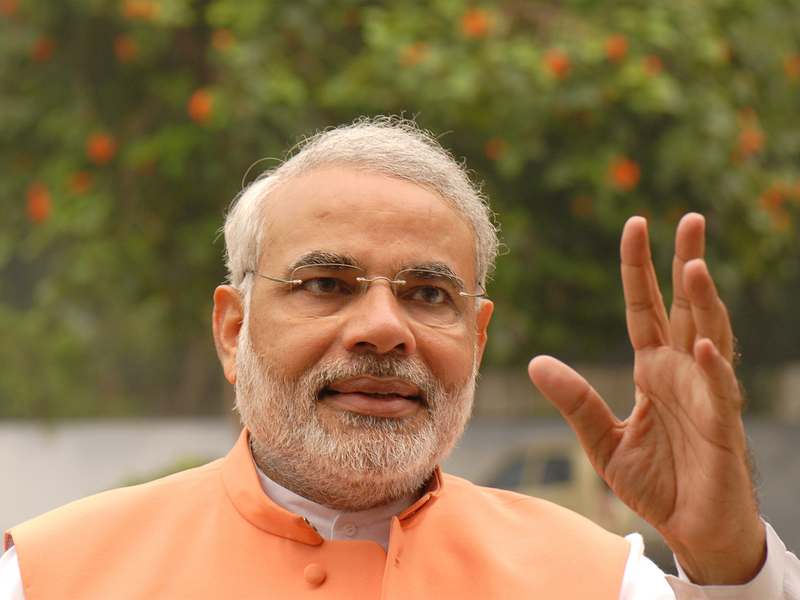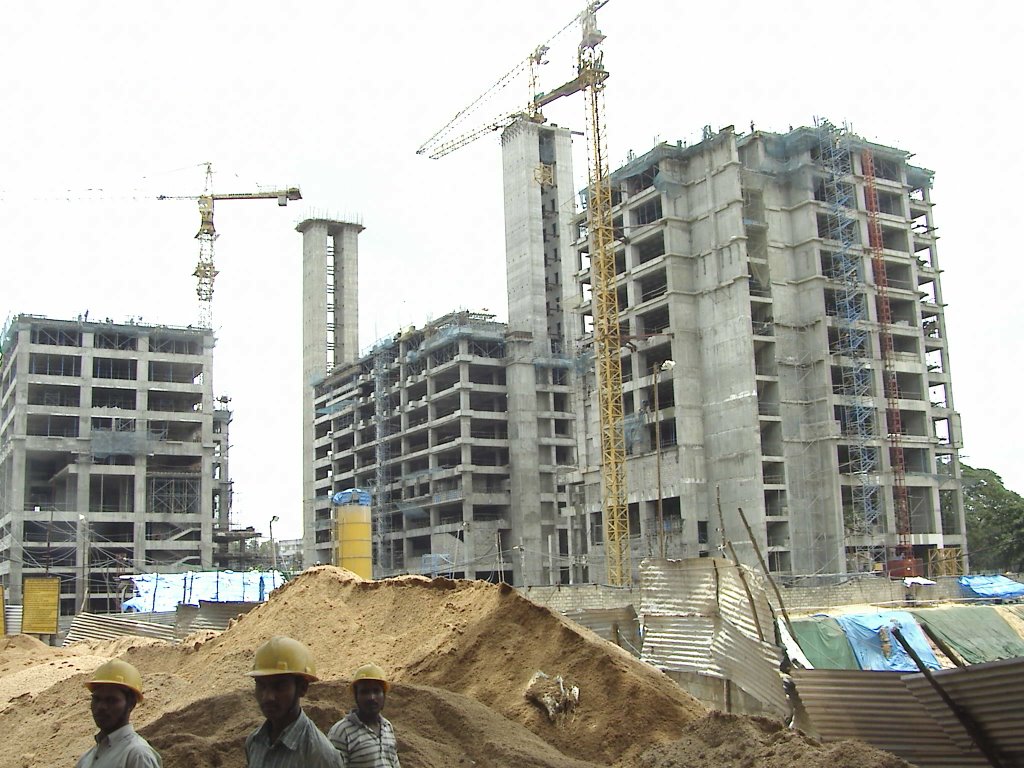In a column I had written for Firstpost on February 27, 2015, I had suggested that the prime minister Narendra Modi should use the platform of mann ki baat on All India Radio to explain to the people of this country why the Land Acquisition Act of 2013, needed changes.
Modi addressed the issue in the mann ki baat programme on March 22, 2015. He explained why the The Right to Fair Compensation and Transparency in Land Acquisition, Rehabilitation and Resettlement (Amendment) Ordinance, 2014, which made changes to the Land Acquisition Act of 2013, was needed.
The Article 123 of the Constitution empowers the President to promulgate an ordinance if the Parliament is not in session, provided he is convinced that the situation demands so. Further, an ordinance is valid upto six weeks from the date on which the next session of the Parliament starts. After that it lapses. There is no upper limit to the number of times an ordinance can re-promulgated. The land acquisition ordinance issued by the Modi government has been re-promulgated thrice. It is valid up until today (i.e. August 31, 2015), when it will be allowed to lapse.
Modi made this announcement over the mann ki baat programme aired yesterday. As he said: “Tomorrow [August 31, 2015] the Land Bill will lapse and I have agreed to it. The government will not repromulgate [an] ordinance, but will include 13 points to reform the land acquisition law to benefit farmers.”
There has been much criticism of the Modi government, from those on the left, as well as those on the right. The jhollawallahs feel that the Modi government is kow-towing to the corporate crowd, which finances the Bhartiya Janata Party (not that it does not finance the Congress and other parties). Those on the right believe that it is not the job of the government to be acquiring land.
The issue is a little more complicated than that. Land is not just needed by the private parties, it is also needed by the government for projects which are of national importance and which seek to improve the quality of life of the people of this country.
In a recent interview to The Indian Express, Mangu Singh, Managing Director of the Delhi Metro was asked how does the Delhi Metro manage land acquisition: “Fortunately, so far there hasn’t been any case where we require private land under the new Act (Land Acquisition, Rehabilitation and Resettlement Act, 2013), because we also believe it is almost impossible to acquire land under the new Act.”
In fact, this is something that even Jairam Ramesh, the brain behind the 2013 Land Acquisition Act also admits to. As he writes in Legislating for Justice—The Making of the 2013 Land Acquisition Law along with Muhammad Ali Khan: “The law was drafted with the intention to discourage land acquisition. It was drafted so that land acquisition would become a route of last resort.” In fact, for anyone who really wants to understand how complicated the process of land acquisition actually is under the 2013 Act, should read Ramesh and Khan’s book. It is not surprising that Singh of Delhi Metro believes that it is impossible to acquire land under the new Act. And he doesn’t work for a greedy corporate.
For a country which has nearly 13 million people entering the workforce every year and which has aspirations of “making things,” a law which discourages acquisition of land really cannot be the best way to move forward. No country has gone from being developing to being developed without the expansion and success of its manufacturing sector. And any manufacturing enterprise needs some land.
Further, the physical infrastructure in the country from roads to rail to ports are all creaking. Nearly 70 years after independence many villages in the country do not have access to electricity. All this needs land.
Another fundamental point that the jhollawallahs need to understand that nearly half of the country’s population is engaged in agriculture producing only around 18% of the country’s gross domestic product (GDP). While it is one thing romanticising agriculture, there is a fundamental problem here. There are many more people working in agriculture than required. This means that people needed to be moved out of agriculture. The situation gets even worse once you take into account the fact that most people who work on farms don’t totally depend on income from the farm. Only 17 percent of them survive entirely on money from their farm. So most farmers need to make ends meet by doing other odd jobs.
When Modi had addressed the country through the mann ki baat programme in March earlier this year, he had addressed this issue when he had said: ““In every household, the farmer wants only one son to stay in farming. But he wants other children to get out there and work because he knows that in order to run a household in this day and age different endeavours need to be made.” He then went to say that given this scenario what is wrong with the government acquiring land for building an industrial corridor and ensuring that jobs are created in the vicinity of where farmers live.
The point being that Modi had sold the land acquisition ordinance as something that would benefit the farmers. Now five months later, he has withdrawn the ordnance and even sold this move as being beneficial to farmers. How can that be possible?
The question is why has Modi taken a u-turn on the land acquisition issue after expending so much political capital behind it? A simple answer is the up-coming assembly election in Bihar. Other than the fact that Bihar sends 16 members to the Rajya Sabha, the election is also seen as a sort of a vote on Modi’s time in office since May 2014. It is being seen as a vote on whether people still believe in Modi’s promise of “acche din”.
The Bhartiya Janata Party and the National Democratic Alliance do not have the numbers required in the Rajya Sabha to push through key economic legislation. To get members in the Rajya Sabha, the BJP plus NDA first needs to win state assembly elections. The Rajya Sabha members are elected by the members of state assemblies.
The trouble is this focus on state assembly elections will continue for the next couple of years with elections in key states like West Bengal, Tamil Nadu and Uttar Pradesh coming up over the next few years. Hence, compromises on the economic reform front will keep happening.
Chances are the BJP plus NDA might win some of the assembly elections and end up with the numbers they require in the Rajya Sabha. But by then will there be enough time left for the Modi government to deliver even a small part of the “acche din” they had sold to the people of this country? For that to happen, the government needs to create conditions which lead to the creation of jobs. That isn’t happening at this point of time.
The three key economic reforms it was believed Modi would push through were: land reforms, labour reforms and the goods and services tax. Land reforms have been put on the back burner. Labour reforms never really took off (there have been some minor moves in Rajasthan and Madhya Pradesh, two states which barely have any industry). And so many compromises have been made in the bid to get it passed, that it is better that the Goods and Services Tax does not get passed in its current shape.
If they continue going the way they currently are, Modi and BJP might end up with a majority in the Rajya Sabha, only to lose to the 2019 Lok Sabha elections. And that is something the country cannot afford. Because then the BJP will behave like the Congress is now.
(Vivek Kaul is the author of the Easy Money trilogy. He tweets @kaul_vivek)
The column originally appeared on Firstpost on August 31, 2015




